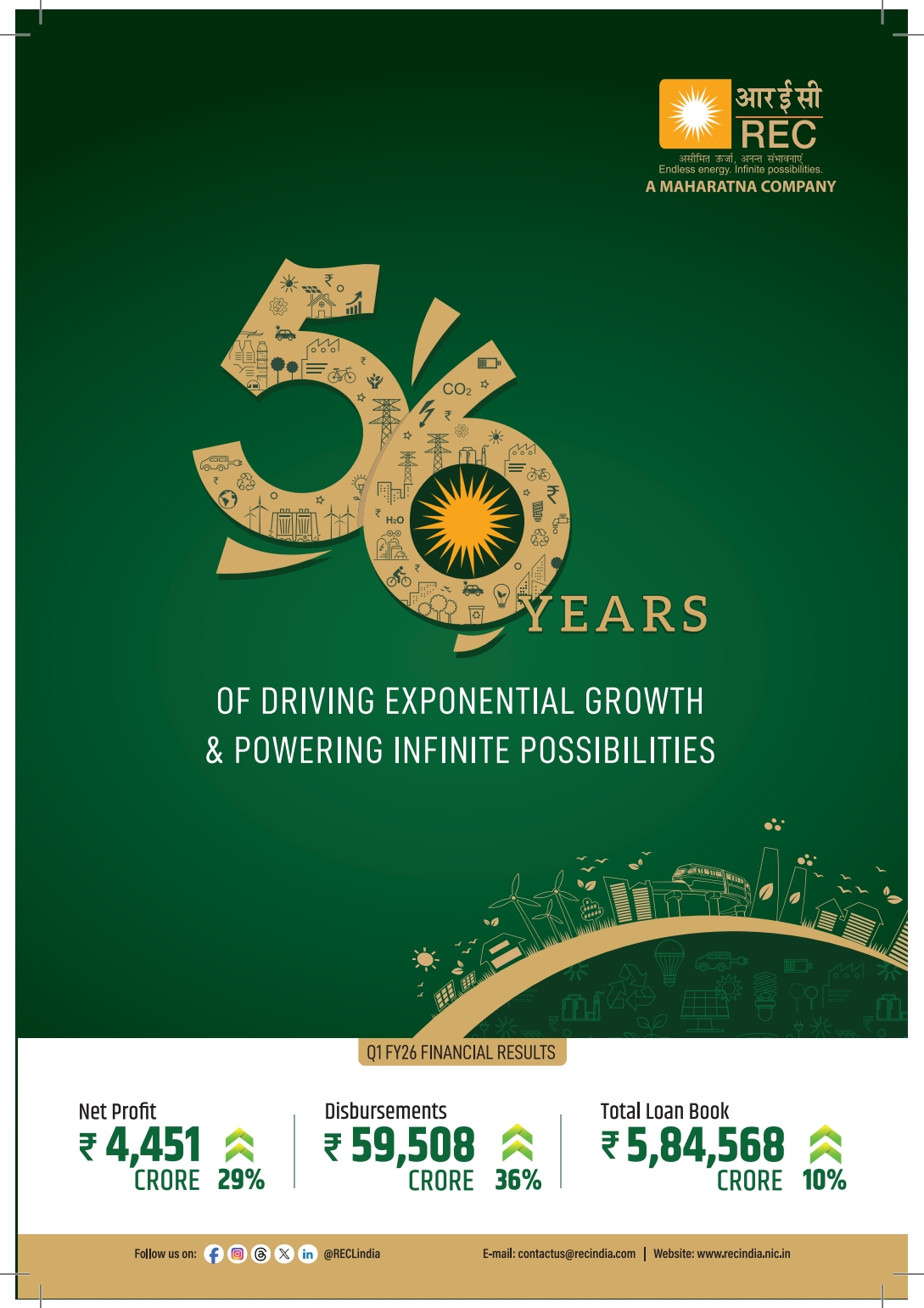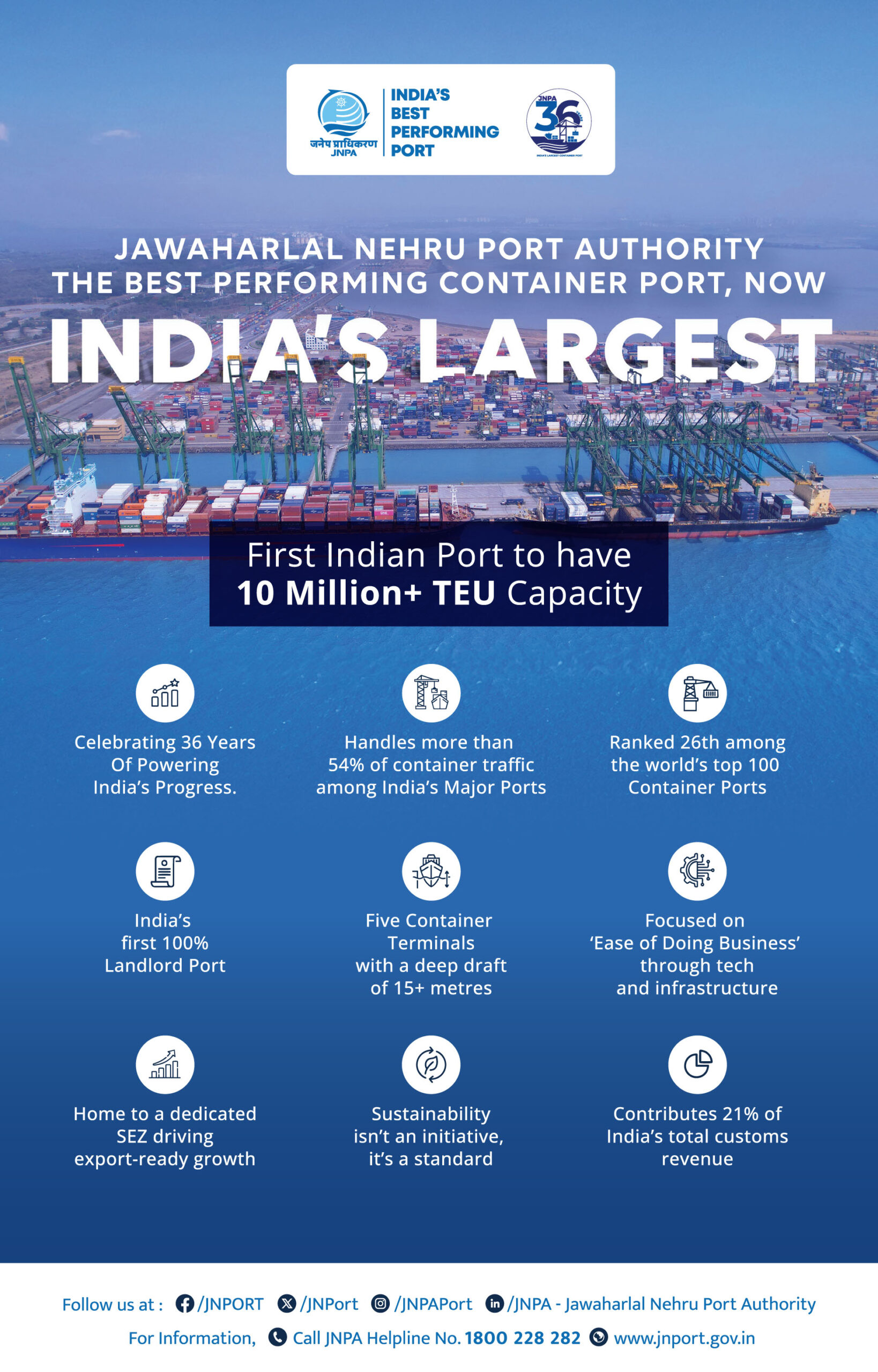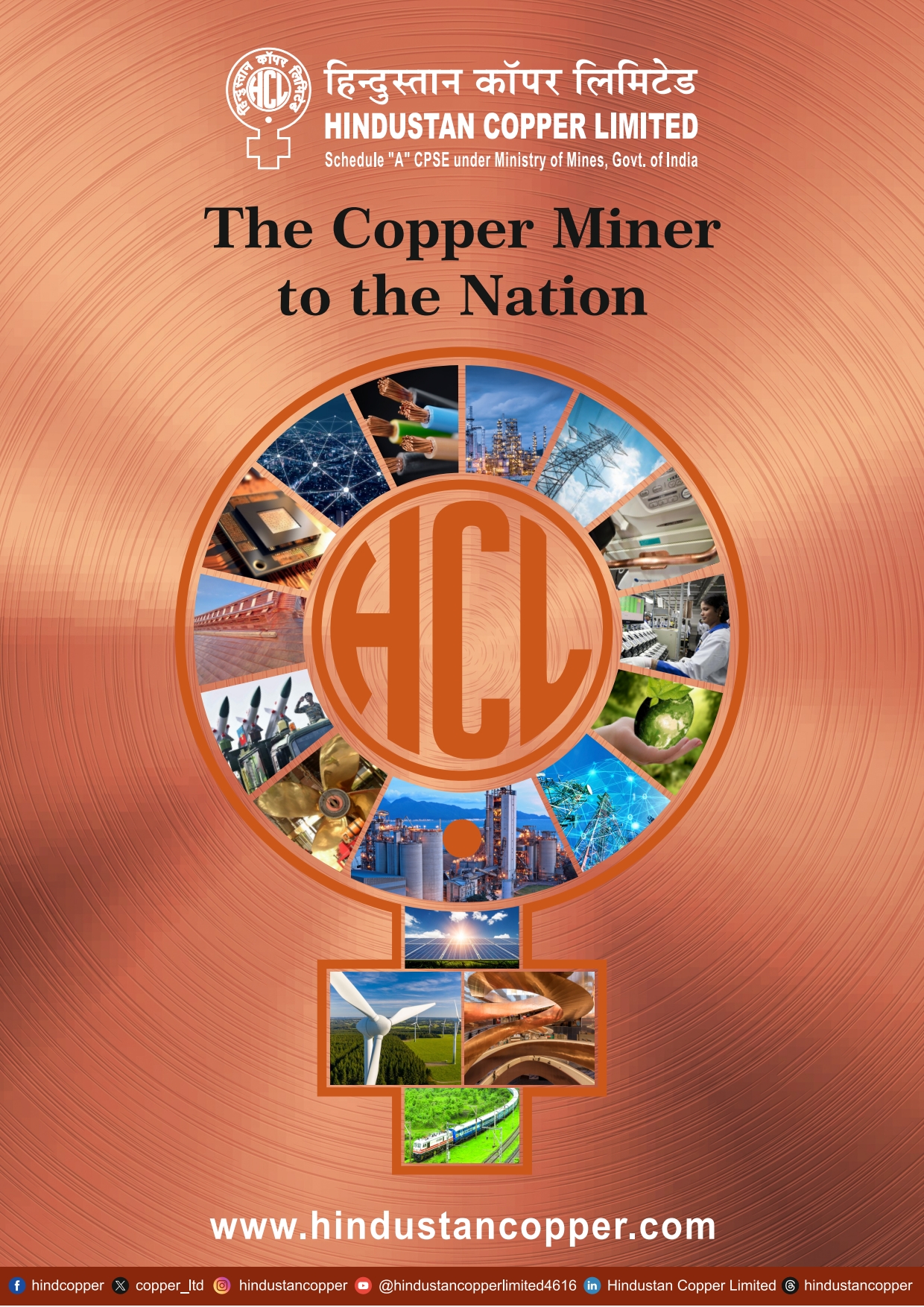UPI: India’s Homegrown Payment Revolution That’s Now Leading the World
Jul 13th, 2025 11:05 pm | By ThenewsmanofIndia.com | Category: LATEST NEWS
(THE NEWSMAN OF INDIA.COM)
In less than a decade, India’s Unified Payments Interface (UPI) has gone from an ambitious experiment in digital finance to a transformative global benchmark. When Amitabh Kant, India’s G20 Sherpa and former CEO of NITI Aayog, praised UPI on Sunday as a “phenomenal” achievement, it was not simply patriotic pride—it was an acknowledgment of a quiet revolution that has remade the way a billion people move money.
More than 650 million transactions are processed daily on UPI, an extraordinary number that places it ahead of global giants like Visa in real-time transaction volume. That this milestone was reached in just nine years is testament to the unique conditions India offered for innovation—massive mobile adoption, a supportive regulatory environment, and a policy push for financial inclusion.
But beyond the raw numbers lies a deeper story: UPI is not just a domestic success but a case study in leapfrogging old models. Instead of merely digitising cash, it created an open, interoperable ecosystem that allowed banks, fintechs, and platforms to build freely on its rails. This openness is precisely what global experts now see as its true innovation.
A recent International Monetary Fund (IMF) study on retail digital payments singled out India for its leadership in real-time payment systems. The study notes that in districts where systems like UPI have promoted interoperability, digital transactions grow while cash withdrawals drop. Such data offers compelling evidence of how thoughtfully designed public infrastructure can shift entire economies away from cash dependency.
What makes UPI so distinctive is its deliberate dismantling of “closed-loop” payment silos. Instead of forcing users into proprietary systems, it lets them transact across banks and apps seamlessly, driving adoption at unprecedented scale. This design choice reflects a philosophy of inclusion: UPI wasn’t built to lock people in but to bring them on board.
And it’s not just an Indian story anymore. Today, UPI has been exported to seven countries, showing how an idea born in India’s unique context can have universal appeal. As other nations look to modernise their own payments infrastructure, UPI offers a compelling model: one that proves government-led public platforms can spur competition, lower costs, and create space for private innovation.
Yet even as India celebrates UPI’s scale and reach, the IMF’s note is a reminder that success brings new responsibilities. Maintaining openness and competition will be critical to avoid the complacency that often follows dominant market positions.
For now, though, UPI remains an extraordinary example of India’s capacity to innovate at scale. It’s a system that didn’t just digitise payments but reimagined them—and in doing so, gave India a powerful new export: an idea whose time has come for the world.




























